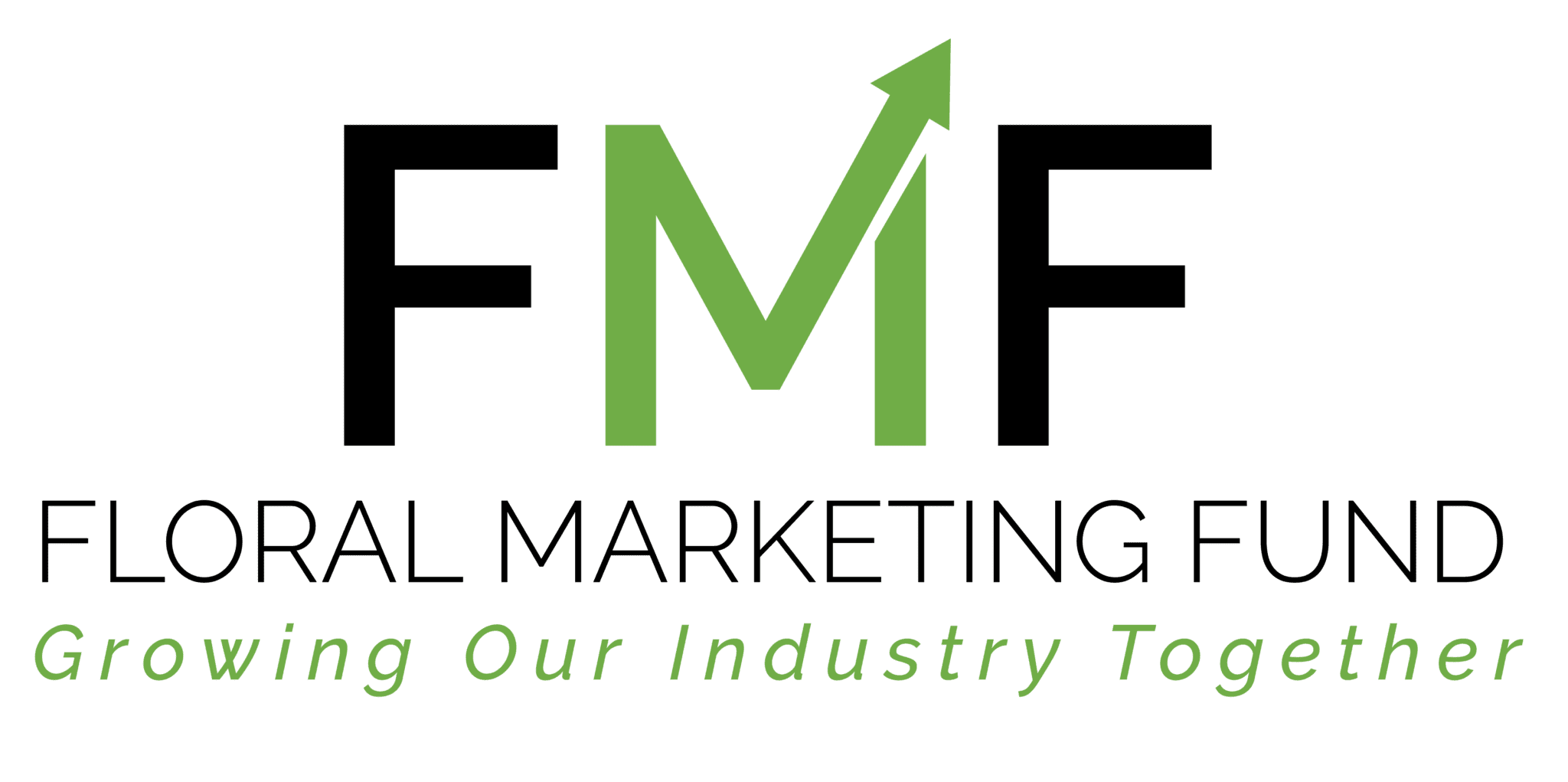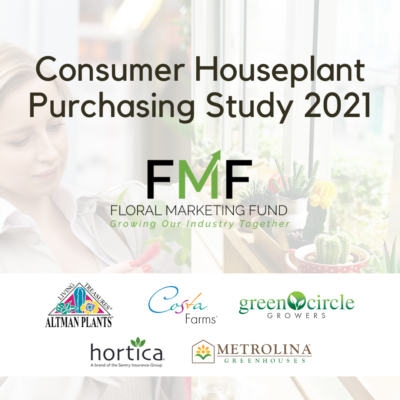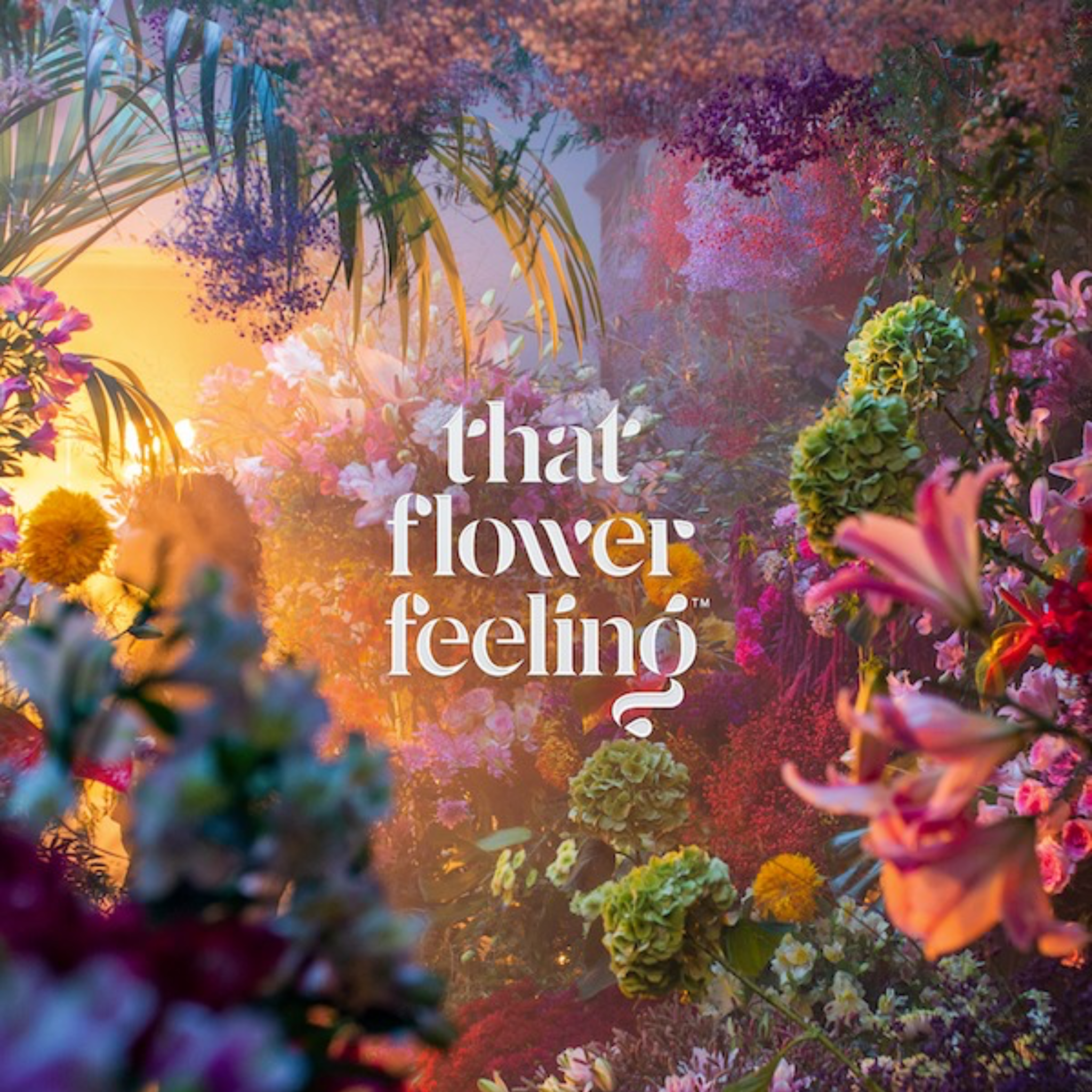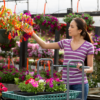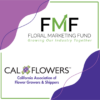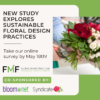Description
Floral Eye-Tracking Study shows consumer focus.
![]() Floral designers have long been taught that the most important attributes of a floral design are the elements of line, color, texture, pattern, form, space, and size. Yet, little formal research has been conducted to determine which of these design elements are truly important to consumers and drive their purchasing behavior. This project, co-funded by the Floral Marketing Fund and PMA, seeks to answer this overarching question and thereby enhance the likelihood of floral purchases in the future.
Floral designers have long been taught that the most important attributes of a floral design are the elements of line, color, texture, pattern, form, space, and size. Yet, little formal research has been conducted to determine which of these design elements are truly important to consumers and drive their purchasing behavior. This project, co-funded by the Floral Marketing Fund and PMA, seeks to answer this overarching question and thereby enhance the likelihood of floral purchases in the future.
The study was segmented into three stages due to the complexity of the study. The three manageable stages that focus on specific elements of floral designs are:
Stage 1: Analysis of Line, Balance, Color, Species, and Price
- Demographics in this stage were weighted more towards millennials, as well as females and persons in the “white” race category, with relatively equal percentages of education levels, and half of the sample frame had incomes over $90,000 per HH.
- Mixed logit analysis of the discrete choices of arrangements indicated that, relative to the baseline (oblique line, asymmetry, polychromatic color harmony, and alstroemeria species
- Even though some of these attributes are not significantly different from each other statistically, we can still understand the divergence of preferences by looking at the distributions.
- A Single Linkage Hierarchical Cluster Analysis was conducted on the fashion and art choices, floral attributes, and demographics.
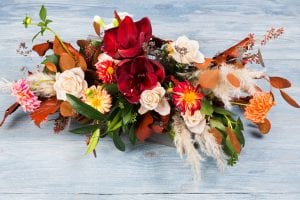 Stage 2: Analysis of Flower Form
Stage 2: Analysis of Flower Form
- Even though floral designers can see the differences between $20 and $80 arrangements, consumers may not, based on the fact that their mean willingness to pay for the $80 floral arrangements is only $7.58 more than that of the $20 floral arrangements.
- At both the low and high price points, consumers placed the highest value in geometric designs as seen in the greatest increase in WTP for horizontal and asymmetrical triangle designs, which confirms that geometric design style is still highly preferred in the US as the typical American style. Loose vase designs had about same change in WTP at the two price points.
- At the $20 price point, the parallel design had no change in WTP compared to the baseline bouquet. None of the different forms of flower influenced WTP either. In other words, adding line, unique, or filler flowers to the mass flowers did not lead to an increase in profit for the arrangements at this price point.
- At the $80 price point, however, parallel design increased WTP significantly by $10.65. Adding line flowers in the $80 designs also significantly increased consumers’ WTP by $2.43. The significant increase in WTP for both the parallel design and line flowers confirms consumer preferences for line in high-style designs as parallel design emphasizes online element of floral design.
- The mean WTP for our $20 floral designs was $21.63. About half of the subjects were priced out of the market at this price point. The mean willingness to pay for the $80 floral designs was $29.21. At this price point, only 1.6% of the subjects were willing to pay more than $80. The majority of the subjects were priced out of the market.
- There were statistically differences in WTP between demographic groups at both low and high price points.
Stage 3: Analysis of Flower Species
Species Substitution
- As no statistically difference was shown in either willingness to pay or beauty rating for any of the expensive and inexpensive species comparison group, we could conclude that the expensive species could be substituted with less expensive species to increase profit margin.
- We applied monochromatic color harmony for all the bouquets in this study, the bouquets with both expensive and inexpensive species (e.g. nerine and alstroemeria) was considered as mixed-species. The ones with only inexpensive species (e.g. alstroemeria only) was considered mono-species. As consumers rated them equally, consumers prefer and value mono-species and mixed-species bouquets in this study equally.
- Roses were rated the highest on attractiveness followed by dahlia and ranunculus. Anthurium was rated the lowest. No demographic differences were found for any of these flowers. Round and radial flowers are most commonly seen in the nature. They are considered to be easy to recognize and the most aesthetically appealing. Cultural influence may also explain why roses have the highest perceived beauty value, as rose is the national flower of the United States. This may endow it with symbolic value for this culture.
- The results of our study are consistent with previous studies. Radial flowers were considered most appealing, which may be due to the ease with processing, and peoples’ preference for round objects over objects with sharp contours (Bar and Neta, 2006; Leder et al., 2011; Silvia and Barona, 2009; Westerman et al., 2012). Radially symmetrical flowers have the most axes compared with other two symmetry groups in this experiment. The processing time shortens, and the preference increases with the increase in an object’s axes of symmetry (Evans et al., 2000; Tinio and Leder, 2009).
- Bilaterally symmetrical flowers had the lowest beauty rating. Bilateral flowers were less common and were generally perceived as difficult to recognize and categorize, which result in their low beauty rating (Hula and Flegr, 2016). According to Hula and Flegr (2016), some survey subjects in their study perceived bilateral flowers as bizarre.
For more study results:
